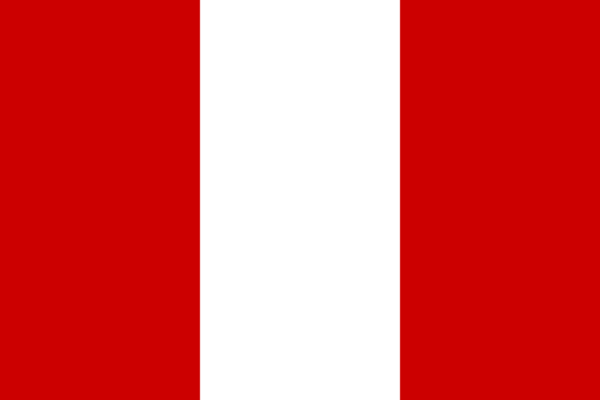Login form
Customs of Peru
Marriage and Family
 Men usually marry in their late 20s, and women in their early 20s. In rural areas, people tend to marry earlier. Common-law marriages are prevalent and widely accepted, except among the upper classes.
Men usually marry in their late 20s, and women in their early 20s. In rural areas, people tend to marry earlier. Common-law marriages are prevalent and widely accepted, except among the upper classes.
Nuclear families in
Eating
Cuisine in
It is good manners to eat all the food that is provided, and a tactful explanation is in order when something is left on the plate. Table manners are considered important—both hands (but not elbows) are kept above the table at all times. Meals are occasions for leisurely conversation.
Socializing
Both men and women shake hands when meeting and parting. Close friends often greet each other with a kiss on one cheek. Men may greet close friends with an abrazo (hug). An arm around the shoulder or a pat on the back is a polite way to greet young people. First names are used among friends, but elderly people and officials are referred to by their titles and last names.
Friends and relatives often drop in on one another, but it is more important to make advance arrangements with acquaintances. The traditional welcome, Está en su casa (“You are in your house”), reflects the character of Peruvian hospitality. Refreshments are usually offered, but it is not impolite to decline them. Visitors arriving after 5:30 pm are often invited to stay for Ionche, a light meal around 6 pm. Special acknowledgment of the children in the home is appreciated. Hosts do not expect visitors to bring a gift, but dinner guests often bring flowers or wine.
Recreation
The most popular sport in
Holidays and Celebrations
National holidays include New Year’s Day (1 January), Easter (Thursday through Sunday), Countryman’s Day (24 June), Saint Peter and Saint Paul’s Day (El Día de San Pedro y San Pablo, 29 June), Independence Day (28 July), National Day (29 July), Saint Rose of Lima Day (30 August), Navy Day (8 October), All Saints’ Day (1 November), Immaculate Conception (8 December), and Christmas Day (25 December).
On the Day of Saints Peter and Paul, processions of decorated boats carry images of Saint Peter, who was the patron saint of fishers.
Saint Rose, the first saint from the Western Hemisphere to be canonized, is one of the patron saints of Central America and
Local holidays may honor patron saints, or celebrate the harvest or some other important event or tradition.
Source: Encarta Interactive World Atlas

